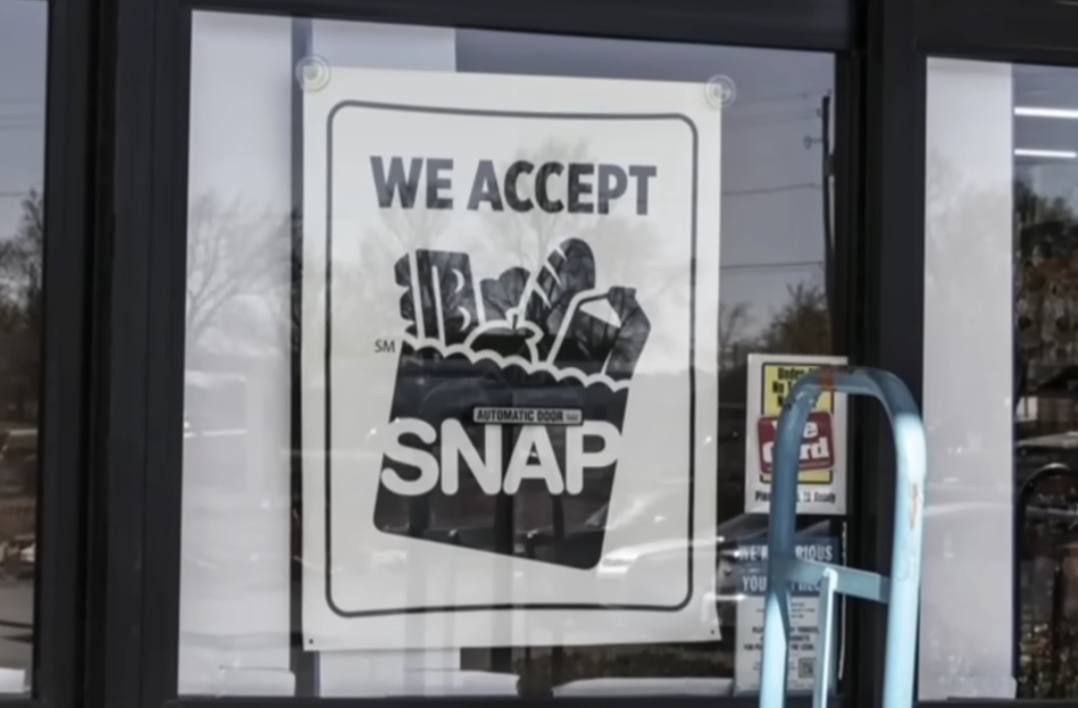
If you or someone in your household depends on SNAP (Supplemental Nutrition Assistance Program) to help cover groceries, it’s important to know that some major changes are coming. Starting November 1, a mix of federal and state-level updates could lead to delayed payments, reduced benefits, or even disqualification for some recipients. At The GrayVine, we understand how crucial this program is for seniors, caregivers, and families facing rising grocery costs.
These changes may affect millions of Americans, especially those navigating fixed incomes or new eligibility rules.
Here’s what you need to know—and how to stay prepared.
What’s changing with SNAP benefits?
SNAP, formerly called food stamps, currently helps more than 42 million Americans buy groceries, with the average monthly benefit coming in around $187. But that number—and how reliably it arrives—may be about to change.
Several major shifts are happening at once: government shutdown risks, stricter work requirements, and new state funding rules could all affect your access to benefits.
Let’s break it down step by step.
1. Government shutdowns could delay payments
If Congress fails to pass a federal budget, many government services—including SNAP—could be frozen. That means payments scheduled for November might not arrive on time, or could be paused altogether.
States like Texas and Pennsylvania have already issued warnings to their residents.
- Texas: Over 3.5 million residents rely on SNAP, including 1.7 million children. The average monthly benefit is $379.
- Pennsylvania: About 1.9 million people use SNAP, with an average benefit of $178.
If you live in either of these states—or anywhere else—keep an eye on your local SNAP office or state website for updates.
If your budget allows, consider stocking up on shelf-stable items like canned goods, rice, or pasta in case of payment disruptions.
Also read: Could your SNAP benefits be delayed this fall? Here’s what’s happening
2. New work requirements and fewer exemptions
Beginning November 1, new federal guidelines will affect “able-bodied adults without dependents,” often abbreviated as ABAWDs.
If you’re between the ages of 18 and 64 and don’t have a child under 14, you’ll be required to work or volunteer at least 80 hours per month to maintain your full SNAP benefits.
Here’s what’s changing:
- Work/volunteer rule: Failing to meet the 80-hour minimum means you’ll only be eligible for three months of SNAP benefits every three years.
- Age exemption shift: The cutoff for exemption rises from 59 to 65—meaning more people will now have to meet work requirements.
- Parental status rule: Exemptions now only apply if your child is under 14 (previously under 18).
- Waiver removals: States will no longer automatically exempt unhoused individuals, veterans, or former foster youth under 24.
- Still exempt: Pregnant individuals, Native populations, and those who are medically unfit to work remain protected.
If you’re unsure whether you’ll be affected, reach out to your local SNAP office or a community help center.
Volunteering at a nonprofit or local church could help meet the new requirement while giving back to your community.
Also read: When grocery trips raise warning signs: What SNAP recipients should know
3. States taking on more SNAP costs could result in cutbacks
Another behind-the-scenes change: states are now expected to cover up to 25% of SNAP program costs, a shift from previous years when the federal government shouldered the majority of the burden.
For many states already facing tight budgets, this extra responsibility may lead to difficult decisions.
- Oregon’s response: The state has already removed about 42% of its SNAP recipients as a cost-cutting measure.
- Broader impact: Experts warn that other states may respond similarly by cutting benefits or reducing eligibility.
According to the Congressional Budget Office, these changes are expected to reduce federal food assistance spending by 30% over the next decade—roughly $309 billion in savings.
However, those cuts could result in 2.4 million people losing their benefits each month, with remaining recipients seeing monthly reductions between $72 and $231, based on projections from the Urban Institute.
Also read: SNAP changes take effect November 1: What older adults and families need to know
New food restrictions coming in 2026
Looking a bit further ahead, at least 12 states have received federal approval to begin restricting certain types of SNAP purchases.
Starting in 2026, items like soda, candy, and sugary snacks may no longer be eligible for purchase with EBT cards in some states.
At least 12 states have received federal waivers to restrict purchases of soda, candy, and sugary snacks through SNAP starting in 2026. These include Arkansas, Colorado, Florida, Idaho, Indiana, Iowa, Louisiana, Nebraska, Oklahoma, Texas, Utah, and West Virginia. Additionally, states like South Carolina, Ohio, Tennessee, Mississippi, and Pennsylvania are considering similar measures.
The restrictions are part of the “Make America Healthy Again” campaign, which is supported by USDA Secretary Brooke Rollins and HHS Secretary Robert F. Kennedy Jr.
The goal is to promote healthier eating, but it adds another layer of complexity for SNAP users planning grocery trips.
Also read: If you get SNAP benefits, you could be missing out on these hidden freebies
What can you do to stay prepared?
While these changes can feel overwhelming, there are steps you can take to protect your benefits and plan ahead:
- Stay informed: Regularly check your state’s SNAP website for updates and changes.
- Plan ahead: Stock up on affordable, non-perishable foods when possible to cushion against delays.
- Volunteer or work: If you’re under 65 and able, seek opportunities to meet the new 80-hour monthly requirement.
- Use local resources: Food banks, senior centers, and community organizations can help with both information and support.
- Speak up: If these changes concern you, call or write your local lawmakers—your voice can make a difference.
Also read: SNAP retailers could see changes as USDA proposes new stocking standards
The bigger picture: food security and independence
For many, SNAP is more than a benefit—it’s what keeps the pantry stocked and the family fed.
With food prices still high and food banks already struggling to meet demand, a disruption in SNAP funding could leave millions in a difficult position.
The combination of delayed checks, new work requirements, and purchase restrictions may be more than many families and older adults can absorb.
At The GrayVine, we believe in helping our community stay informed, empowered, and supported. If these changes worry you, know that you’re not alone.
Share your experience or advice in the comments below—your story could be the one that helps someone else navigate these changes with confidence.
Read next:
- SNAP reductions may impact seniors the most in these 15 states
- Lawsuit filed against Trump Administration over SNAP benefit changes
- Could your taxes go up? What to know about the new proposal tied to SNAP benefits
Have these SNAP updates affected you or someone in your family? What strategies have helped you stay ahead of changing benefit rules? Let us know in the comments—we’re stronger when we learn from each other.






